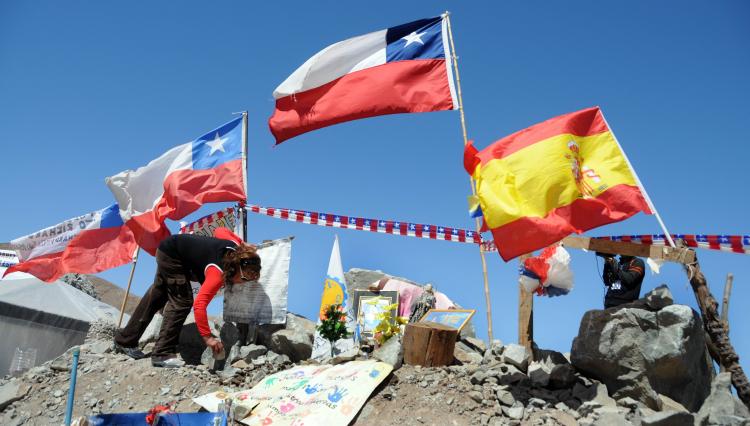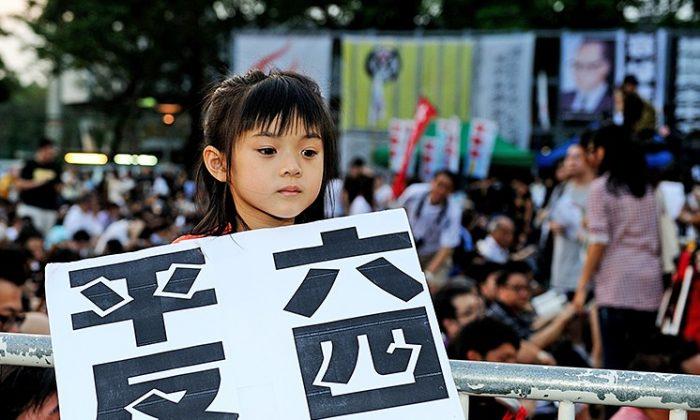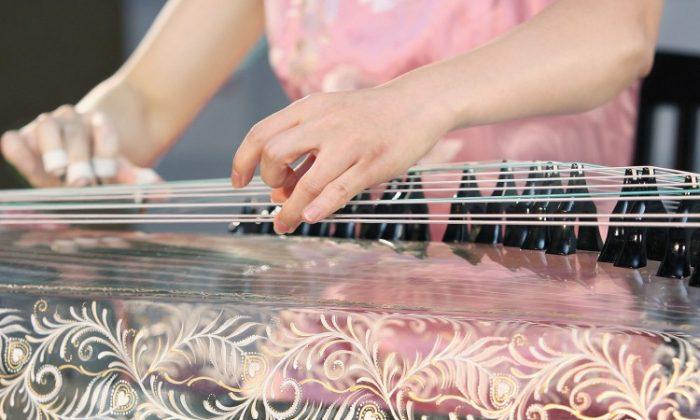Rescue strategies are plodding along slowly to free the 33 miners who have been trapped in a collapsed mine in San José, Chile since Aug. 5.
It is now estimated that it will take up to four months until rescue equipment, including 20 tons of drilling shacks, can bore into the ground to reach the workers and open up a tunnel for evacuation, said a report from the Santiago Times, an English news agency based in Chile.
However the calculation did not include possibilities for potential difficulties that could lead to interruptions. In fact, one of the three major drilling tunnels was already halted for a 48-hour maintenance period last week. A drill bit broke apart when it hit an iron support beam in the mineshaft.
Chilean mining minister Laurence Golborne said, “If we are unable to remove that bit, the hole would not be able to continue,” reported Associated Press.
The drill, known as “Plan B” was meant to widen the tunnel to be able to evacuate the trapped miners, the most important task of the rescue plans.
“What we’ve done, taking advantage of this delay, is do important maintenance that was not performed before,” said engineer Andre Sougarret, who is in charge of the drilling at the San José mine.
Another drill called “Plan A” had dug 553 feet underground by the time “Plan B” was suspended, according to the Latin America Herald Tribune.
To help the miners pass the time and stave off cabin fever, a variety of supplies and diversions have been sent to miners via a small hole to the outside world. It was through the 6-inch hole that the miners first sent a note, alerting rescuers and family members that they were alive, 17 days after the accident took place.
Chilean Health Minister Jaime Manalich announced that a personal trainer will give the workers instructions for simple physical exercises for one hour everyday via close circuit television.
These exercises are meant to help “prepare them for their rescue,” said Manalich according to AFP.
The miners will also receive 40 cigarettes daily as they await rescue from 2,300 feet below the surface of the Atacama Desert.
Previously they were supplied with medicine, water, food, toothbrushes and CD’s. Rescuers have also arranged to pump down compressed cool air to keep the atmosphere as cool and healthy as possible.
It is now estimated that it will take up to four months until rescue equipment, including 20 tons of drilling shacks, can bore into the ground to reach the workers and open up a tunnel for evacuation, said a report from the Santiago Times, an English news agency based in Chile.
However the calculation did not include possibilities for potential difficulties that could lead to interruptions. In fact, one of the three major drilling tunnels was already halted for a 48-hour maintenance period last week. A drill bit broke apart when it hit an iron support beam in the mineshaft.
Chilean mining minister Laurence Golborne said, “If we are unable to remove that bit, the hole would not be able to continue,” reported Associated Press.
The drill, known as “Plan B” was meant to widen the tunnel to be able to evacuate the trapped miners, the most important task of the rescue plans.
“What we’ve done, taking advantage of this delay, is do important maintenance that was not performed before,” said engineer Andre Sougarret, who is in charge of the drilling at the San José mine.
Another drill called “Plan A” had dug 553 feet underground by the time “Plan B” was suspended, according to the Latin America Herald Tribune.
To help the miners pass the time and stave off cabin fever, a variety of supplies and diversions have been sent to miners via a small hole to the outside world. It was through the 6-inch hole that the miners first sent a note, alerting rescuers and family members that they were alive, 17 days after the accident took place.
Chilean Health Minister Jaime Manalich announced that a personal trainer will give the workers instructions for simple physical exercises for one hour everyday via close circuit television.
These exercises are meant to help “prepare them for their rescue,” said Manalich according to AFP.
The miners will also receive 40 cigarettes daily as they await rescue from 2,300 feet below the surface of the Atacama Desert.
Previously they were supplied with medicine, water, food, toothbrushes and CD’s. Rescuers have also arranged to pump down compressed cool air to keep the atmosphere as cool and healthy as possible.






